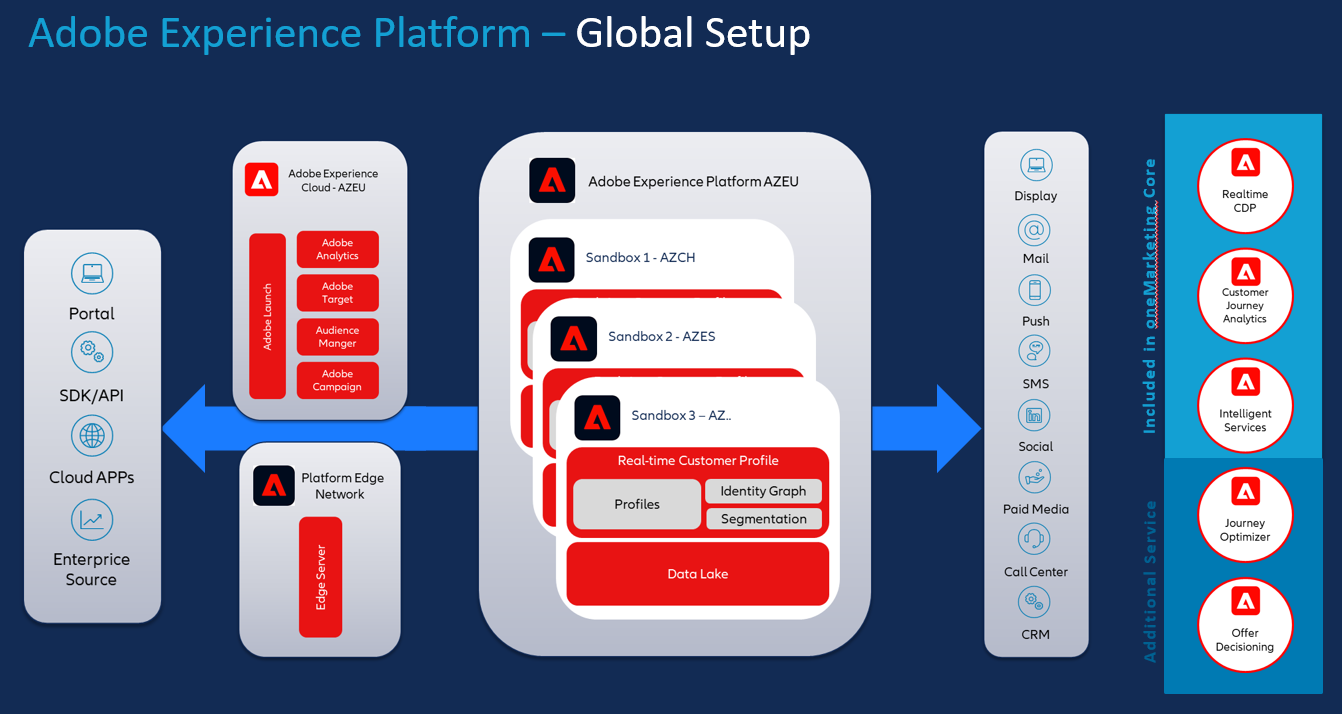The Adobe Experience Platform (AEP) Sandbox is a development and testing environment that allows businesses to experiment with the Adobe Experience Platform before deploying it in their production environment. The Adobe Experience Platform is a tool that helps businesses to manage customer data and create personalized experiences for their customers across different channels, such as websites, mobile apps, and social media.
In the Sandbox, businesses can create and manipulate data sets, build data pipelines, and perform other data-related tasks using the same tools and interfaces as in the production environment. This allows businesses to test their ideas and workflows in a safe, isolated environment before deploying them to the real tool that they use for their actual work.
Using the Adobe Experience Platform Sandbox, businesses can develop and test new strategies and ideas for managing customer data and creating personalized experiences. This allows them to innovate and stay ahead of the competition, without any risk of damaging their real data or workflows.
Overall, the Adobe Experience Platform Sandbox is a valuable tool for businesses that want to experiment with new strategies and workflows for managing customer data and creating personalized experiences, without any risk of affecting their production environment.

